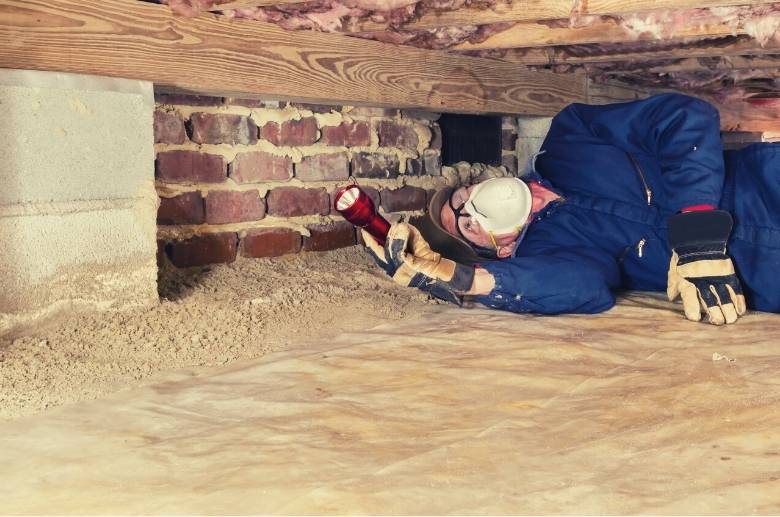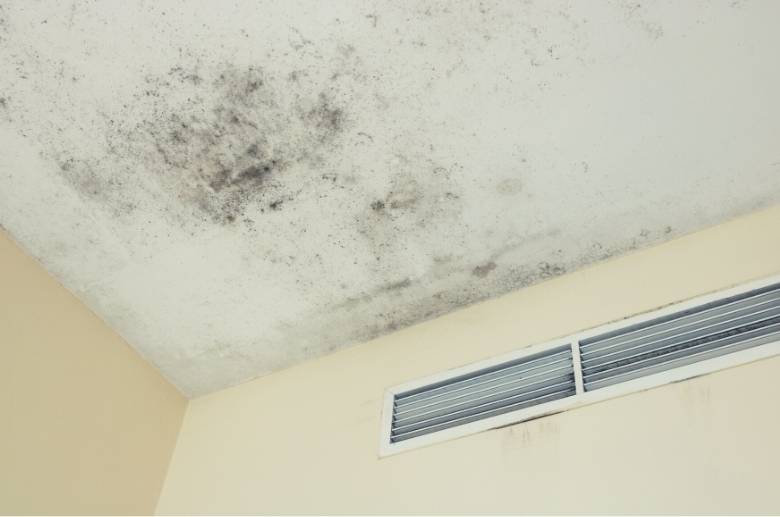It’s a common question among home buyers: Does the seller have to fix the chimney after a home inspection? The answer may depend on the contract between the buyer and seller and the assessment results.
The buyer could ask for a credit at closing to offset the cost of repairs. In some cases, the buyer may even be able to cancel the contract if the repairs are significant.
When selling your home, it’s crucial to have a document stating what’s available in the sale and what is not. This can help avoid any misunderstandings later on.
Have a qualified inspector look at the property before purchasing it if you’re a buyer. This will help you recognize potential problems that may need addressing.
As a seller, it’s also essential to have your chimney inspected and swept by a qualified professional before putting it on the market.
If your chimney has issues, you’ll have enough time to fix them before potential buyers come sniffing around. It’s always better to be proactive than reactive when selling your home!
Chimney inspection process for home sellers

A chimney inspection for home sellers is a process in which a professional chimney inspector evaluates the condition of the chimney and makes recommendations for any necessary repairs.
The inspection ensures the chimney is safe and functioning correctly and identifies any potential hazards that could pose a risk to the home’s occupants.
According to the Chimney Safety Institute of America (CSIA), those looking to sell their homes require a Level 2 inspection. This is more thorough than a Level 1 inspection and happens when the home’s chimney has not been inspected within the past 12 months.
A chimney inspection for home sellers generally includes
- a visual examination of the inside and outside of the chimney
- and a video scan or digital photograph of the chimney’s interior.
The inspector will also likely measure the flue to determine its size and condition.
The chimney inspection for home sellers report will include a description of the condition of the chimney and any recommended repairs or replacements.
6 Common chimney problems in old houses
Old houses are susceptible to many issues, but some of the most common chimney problems occur within the chimney. Chimney problems in old houses result from various factors, including age, weathering, and lack of maintenance.
Here are six of the most common chimney problems in old houses:
1. Safety codes issues
If unaware, you might not know that your home’s chimney isn’t up to current safety codes. This problem is often seen in old houses that have had renovations done without updating the chimney.
Older homes have smaller fireplaces and chimneys than what is currently being built. Because of this, the chance of a house fire caused by the chimney is higher.
2. Structural chimney damage
Another common problem with old chimneys is structural damage. This can result from several things, including weathering, settling of the house, or poor initial construction.
Structural damage like chimney leaning can cause dangerous situations, such as bricks falling and injuring people or animals.
3. Damaged chimney flashing
Chimney flashing is the metal strip that seals the space between the chimney and roof. Over time, this seal can fail, allowing water to enter the home through the chimney.
This problem is most common in homes with older, lead-based flashing. The lead can corrode, allowing water to seep through.
4. Moisture problem
One of the biggest problems with old chimneys is moisture. The reasons may include chimney leaks, bad flashing, cracks in the mortar, or a faulty flue liner.
Moisture in the chimney can lead to many problems, such as mold and mildew growth, rusting of metal parts, and deterioration of bricks and mortar.

5. Cracked or broken chimney crown
The chimney crown is the concrete or mortar cap at the top of the chimney. Over time, this can crack or break, allowing water to enter the chimney and cause damage.
Once damaged, the chimney crown can be difficult to repair. Often, the best option is to replace it entirely.
6. Missing or damaged chimney cap
A missing or damaged chimney cap can cause many of the same problems as a broken or missing chimney crown. A chimney cap helps keep water, pests, and debris out of the chimney.
It’s also crucial for the safety of your home, as it helps to prevent sparks from escaping the chimney and starting a fire.
If you’re having any of these problems with your old home’s chimney, it’s essential to get them fixed as soon as possible. Ignoring the problem will only worsen and lead to dangerous situations.
The best way to avoid these problems is to have your chimney inspected and cleaned yearly by professional chimney sweepers. They will be able to identify any potential issues and help you fix them before they become dangerous.
What is a seller obligated to repair?
Sellers are under a legal duty to repair or disclose dangerous flaws with the property. If the repair request is too much to handle due to the poor condition of the chimney, they may lose the sale.
The chimney inspector may deem the chimney unusable. As a result, the seller of the property may be forced to make repairs far greater than minor ones.
While a home inspector will point out any significant issues with the property, it’s ultimately up to the seller to decide what needs to be repaired before closing.
However, certain items must be repaired by law, such as health and safety hazards. These items include things like lead paint and asbestos.
In some cases, the buyer may request that the seller repair certain items before closing. This is typically negotiable, and it’s up to the seller to decide whether they’re willing to make the repairs or not.
If you’re buying an old home, it’s a good idea to budget for repairs that may need to be done. Often, these repairs will be minor things that you can do yourself. However, there may be some more significant repairs that will need to be done by a professional.
What else should you consider?
It’s also good to get a home warranty when buying an old home. This will help cover the cost of any repairs that need to be done during the first year of ownership.
Home warranties are typically valid for one year and can be renewed each year. They cover the cost of repairs for items like the HVAC system, water heater, and appliances.
If you’re buying an old home, ask about any potential problems with the chimney. If there are any, get them repaired before closing on the house. Doing so will help to keep your family safe and protect your investment.
What happens if the seller does not make chimney repairs before closing?
You can:
- Postpone closing
- Ask the seller to prepay for repairs or authorize funds in escrow,
- Go to court and file a claim,
- Get a closing credit, or
- Request the seller to prepay for repairs
If the seller agrees to make repairs afterward, obtain copies of the receipts. When you do not want to close on the house until repairs are made, you can ask the seller to sign a Repair and Deduct Agreement.
This document authorizes you to make the repairs and deduct the cost from the purchase price or your security deposit. It’s essential to have this agreement in writing to avoid misunderstanding who is responsible for paying for the repairs.
You may also be able to get a closing credit from the seller. This means that the seller agrees to pay for the repairs after closing. The credit is typically equal to the cost of the repairs.
How much is a chimney inspection?
A chimney inspection typically costs between $300 to $600 on average. The price will depend on the size of your home and the type of inspection you need.
The following table elaborates on the types of chimney inspections and their associated costs:
| Level of inspection | Average cost |
| Level 1 chimney inspection | From $85 – $950 |
| Level 2 chimney inspection | Between $150 – $1,000 |
| Level 3 chimney inspection | From $500 – $1000 or higher |
Conclusion
Common repairs needed after home inspection are necessary to maintain the safety and value of your home. You’ll require chimney inspectors and fireplace inspectors to be up to code for such services.
These professionals will help identify any potential issues and help you fix them before they become dangerous.






